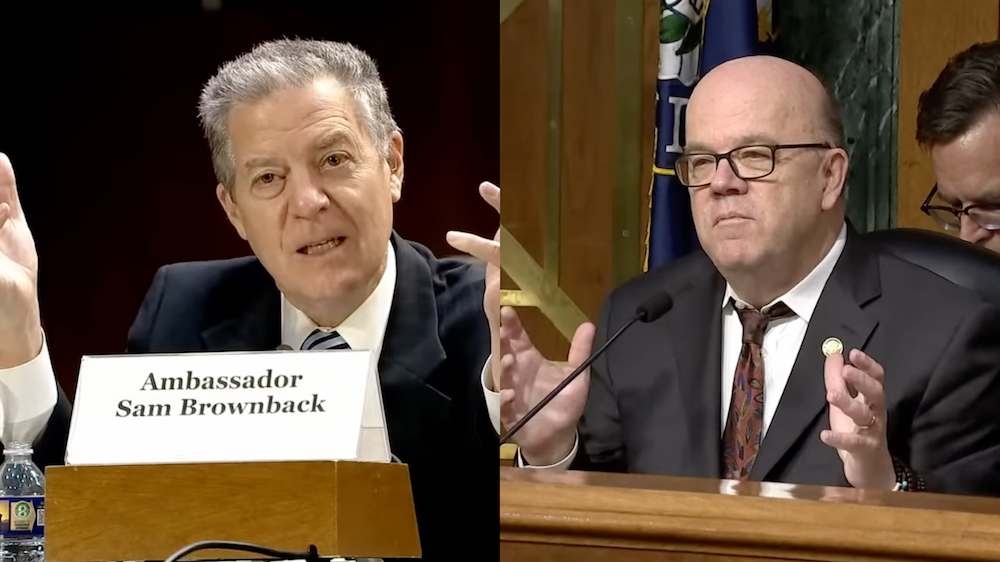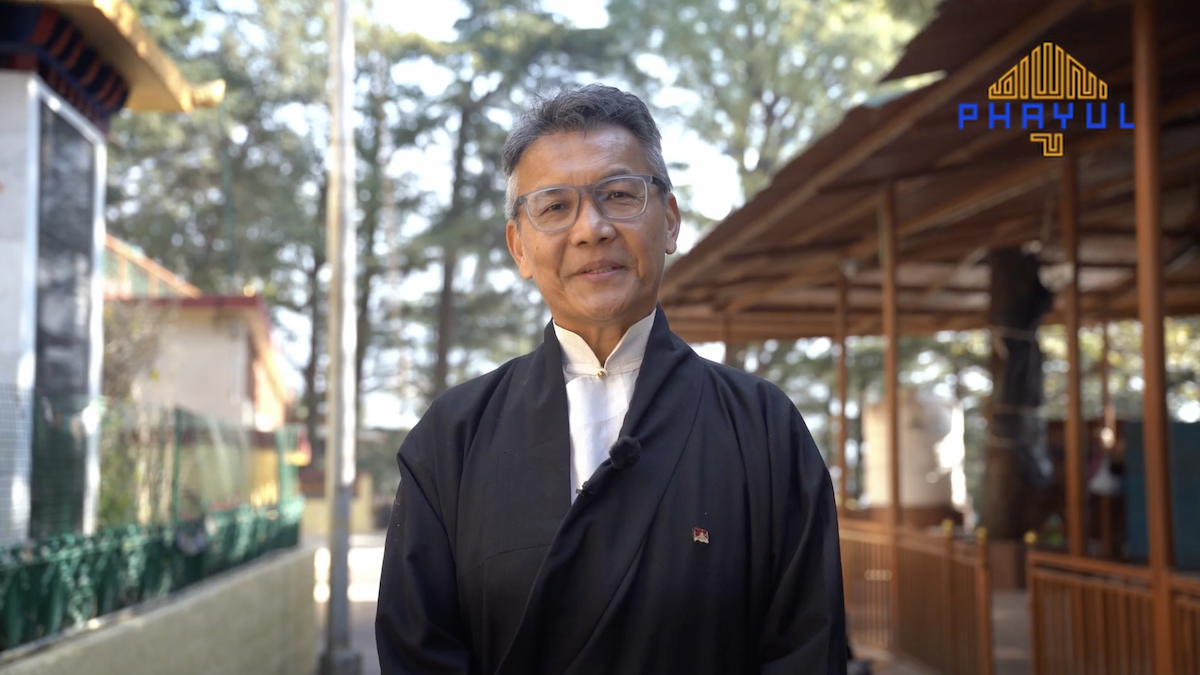Tenzin Nyidon
DHARAMSHALA, Nov. 25: The Tibetan community in France held their 46th consecutive protest on Sunday, braving cold winds and steady rain as they gathered outside the Musée Guimet. Organised by Students for a Free Tibet (SFT) France and the Regional Tibetan Youth Congress, the demonstrators condemned the museum’s removal of the word “Tibet” from artefact labels and its decision to rename the Tibetan exhibition “Himalayan World,” calling it a deliberate erasure of Tibet’s identity and cultural heritage.
In early 2024, the Musée Guimet, France’s national museum of Asian arts, renovated its long-standing “Nepal-Tibet” gallery and renamed it the “Himalayan World” exhibition. The museum also removed the word “Tibet” from labels describing artifacts originating from the historically independent Tibetan region. The change sparked immediate backlash from the Tibetan community in France and abroad, who view the removal as an erasure of Tibet’s political and cultural identity.
In response, Students for a Free Tibet (SFT) France, together with a coalition of Tibetan advocacy organisations, launched weekly protests outside the museum. By March 2025, the campaign escalated when SFT France issued a formal legal notice to both the Musée Guimet and the French Ministry of Culture, demanding the immediate reinstatement of the term “Tibet” across all exhibition materials. The dispute deepened in July 2025, when four Tibetan organisations jointly filed a legal complaint against the museum for replacing “Tibet” with “Himalayan World,” arguing that the change dovetails with China’s efforts to obscure Tibet’s historical statehood.
Despite the mounting pressure, Musée Guimet’s director, Yannick Lintz, has refused to restore the term, asserting that the renaming reflects a broader global curatorial framework rather than political motivation. However, Tibetan groups point out that another major Parisian institution, the Musée du Quai Branly, reversed a similar change and issued a public apology after widespread criticism.
The controversy has since gained international attention. The UN Special Rapporteur on Cultural Rights has expressed concern over the disappearance of “Tibet” from French museum exhibits, warning that such practices undermine Tibetans’ right to cultural heritage and self-identification.
Tibetan activists argue that the dispute goes far beyond semantics. They say it reflects a wider geopolitical strategy, noting that Beijing increasingly pushes for international adoption of terms like “Xizang” and broad regional descriptors such as “Himalayan” to dilute Tibet’s historical, cultural, and political distinctiveness. Similar tactics, they add, have been employed in East Turkestan, where the Chinese state name “Xinjiang” has become globally standard.
Prominent scholars have also criticised the Musée Guimet’s justification. Nicolas Tournadre, a leading authority on Tibetan languages, rejected the use of “Himalayan” as a neutral alternative. “The term ‘Himalaya’ provides a cheap way of sidestepping the once powerful Tibetan state,” he noted, explaining that the Himalayas form only Tibet’s southern border, while Tibetan cultural influence extends far beyond the mountain range.
Fernand Meyer, Tibetologist and former chair of the Science and Civilisation of the Tibetan World at EPHE, echoed this critique. “Since the Musée Guimet has no problem talking about Tibetan Buddhism, it would be strange to reduce it to Himalayan Buddhism alone,” he said. He added that the “Himalayan World” framing collapses distinct cultural spheres and fails to reflect the historical breadth of Tibetan civilization.
Despite these scholarly interventions and months of peaceful demonstrations, Tibetan groups say the museum has offered no meaningful response. In a video message, SFT France vowed to continue the campaign, affirming that “no matter the weather, we will continue our advocacy” until the rightful recognition of Tibet is restored.










